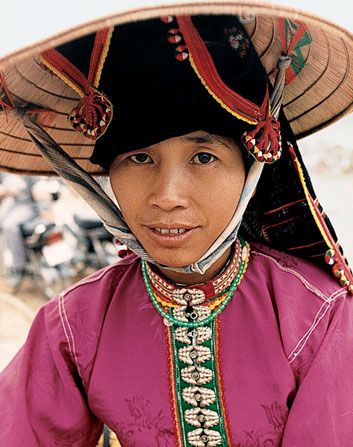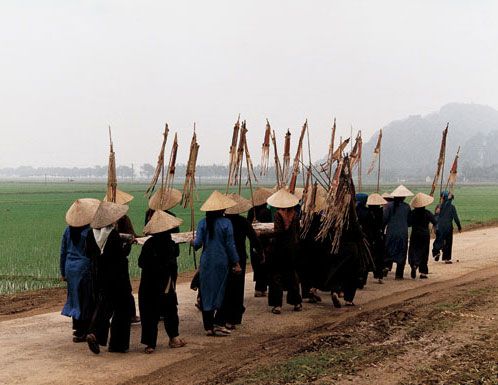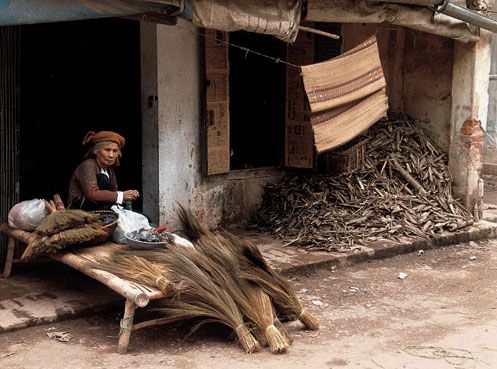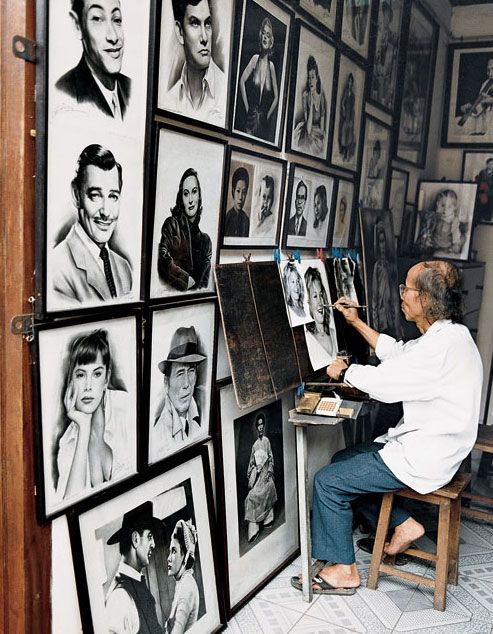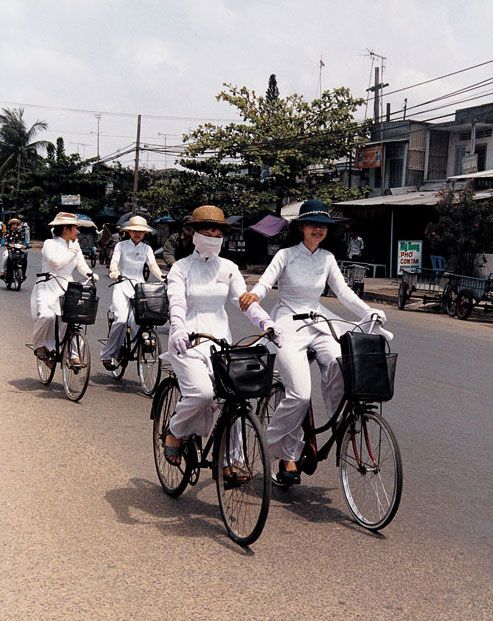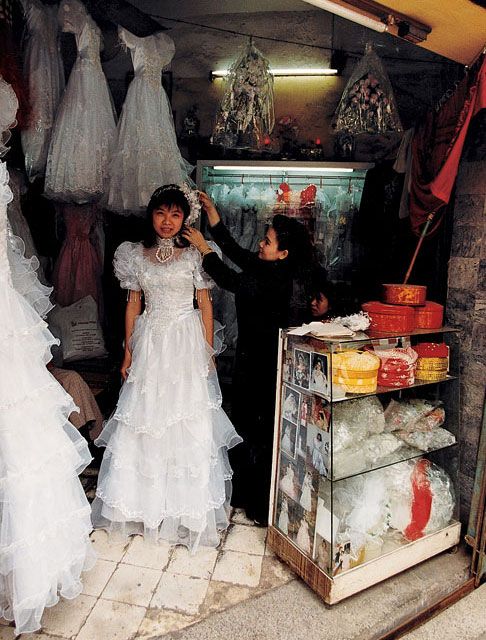Silk Robes and Cell Phones
Three decades after Frances FitzGerald won a Pulitzer Prize for Fire in the Lake, her classic work on Vietnam, she returned with photojournalist Mary Cross
FitzGerald conjures up an intimate portrait of Vietnam with images as vivid as those from Cross' camera. Here, she describes the Red River Delta in northern Vietnam: "In the spring, when the rice is only half-grown, you can make out the small dikes that divide the paddies into a pale-green patchwork; the water shines through the rice like shards of a mirror in the sun. From dawn to dusk there are figures in the landscape: women up to their knees in water pulling weeds; a farmer netting small fish or crabs; a boy tending his buffalo; men and women moving water from one paddy to another with a rhythmic dip and swing of straw baskets."
Vietnam has endured French conquest, two wars and a ruthless communist restructuring and yet has retained its cultural underpinnings. Now that the communist government is loosening its policies, ancient village rituals and alliances are returning to the fore. Many village dinhs (their version of a New England meetinghouse) and Buddhist temples are being restored and once again are becoming the center of village life. Villages have taken up their traditional crafts: blue-and-white pottery in Bat Trang, nom-leaf coverings for conical hats in Chuong in Ha Tay province. Other villages, such as DongKy, have expanded on traditional crafts to reach international markets.
A return to private enterprise and family farming has invigorated the economy, and people have extra money to spend on family ceremonies, village festivals and pilgrimages to holy sites. The Vietnamese are gracefully incorporating new ideas and ancient practices to forge a culture that will take them into the 21st century and beyond.
